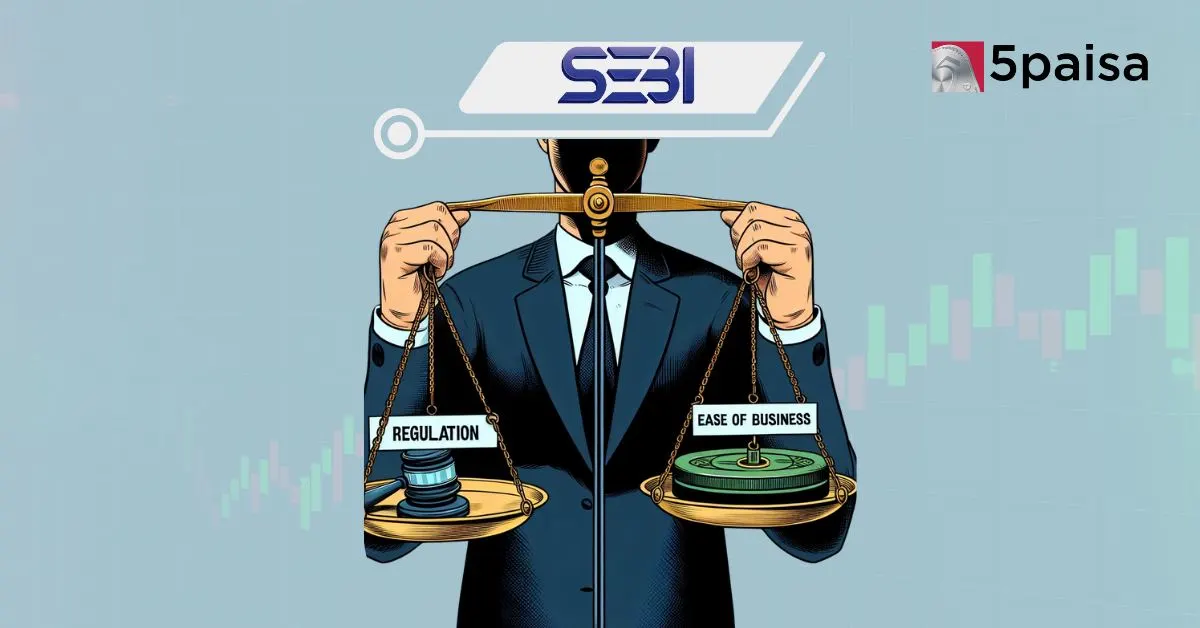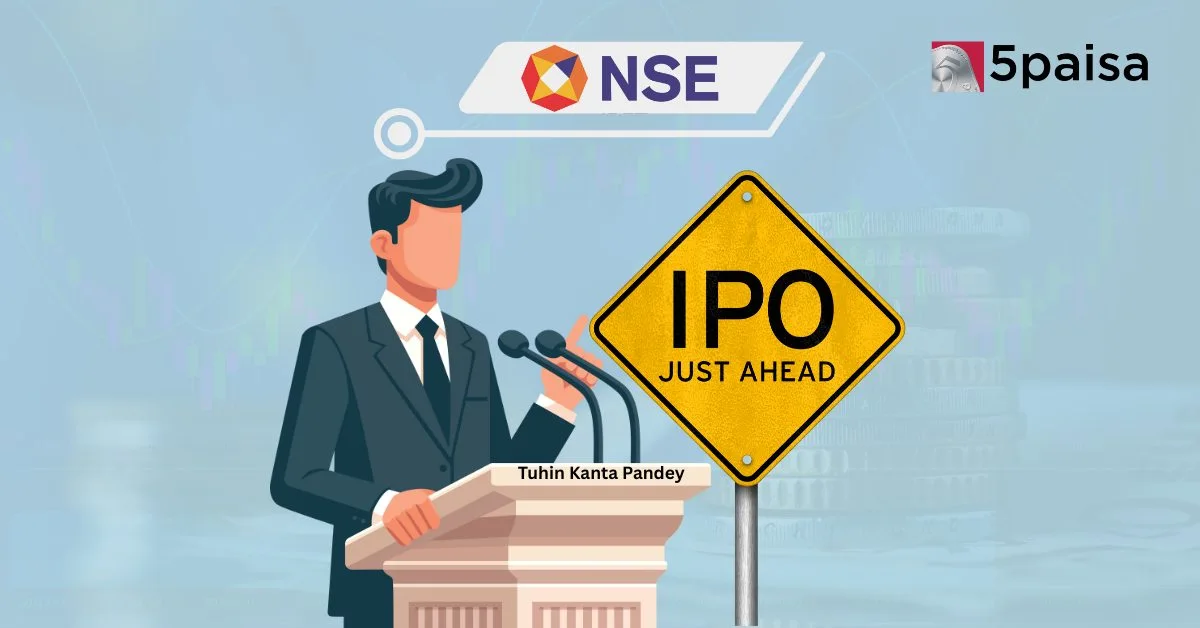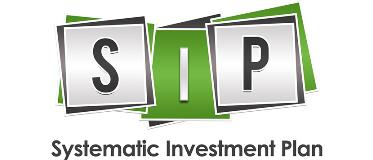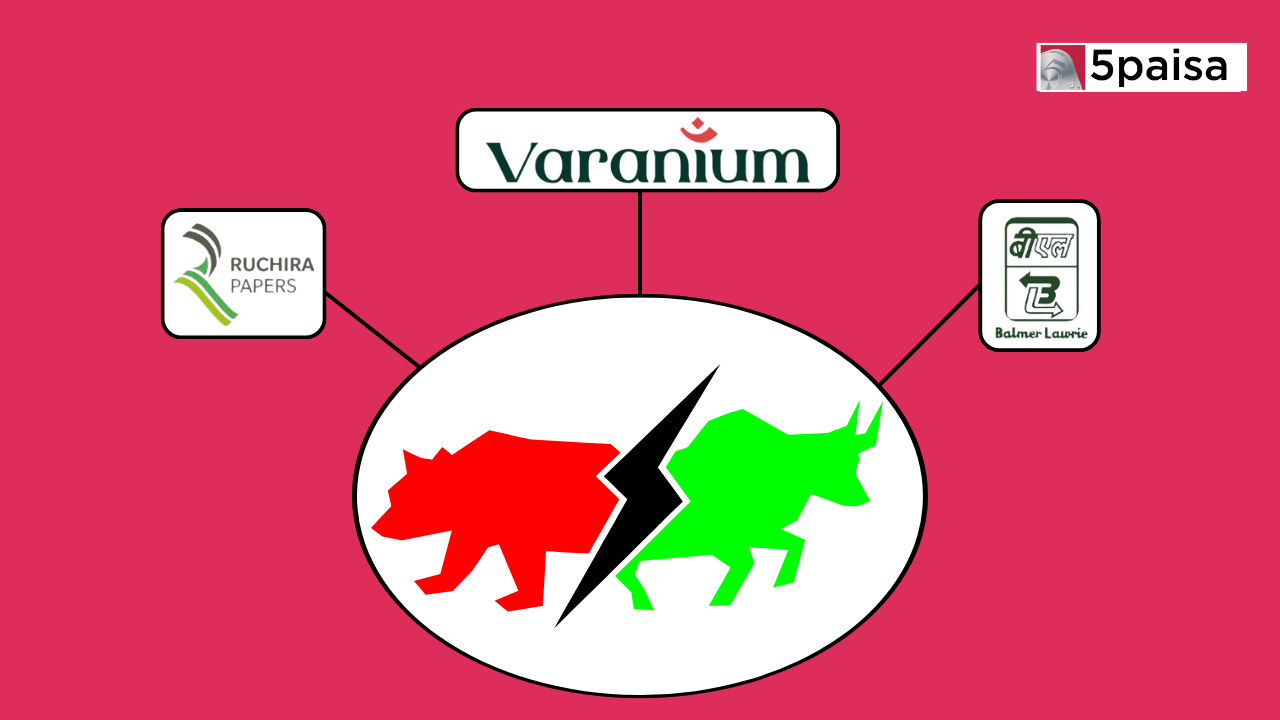iThe current values are delayed, open demat account for live values.
BSE 500
BSE 500 Performance
-
Open
33,642.96
-
High
34,145.82
-
Low
33,505.92
-
Prev Close
33,670.31
-
Dividend Yeild
1.20%
-
P/E
23.7

BSE 500 Sector Performance
Top Performing
| Sector Name | Percentage Change |
|---|---|
| Diamond, Gems and Jewellery | 1.48 |
| Leather | 0.5 |
| Ceramic Products | 0.88 |
| Healthcare | 0.24 |
Under Performing
| Sector Name | Percentage Change |
|---|---|
| IT - Hardware | -0.31 |
| Real Estate Investment Trusts | -0.16 |
| Paints/Varnish | -0.6 |
| Ship Building | -0.55 |
Color code for Stocks Performance
- 5% and above
- 5% to 2%
- 2% to 0.5%
- 0.5% to -0.5%
- -0.5% to -2%
- -2% to -5%
- -5% and below
Constituent Companies
| Company | Market Cap | Market Price | Volume | Sector |
|---|---|---|---|---|
| ABB India Ltd | ₹117990 Cr |
₹5566.5
(0.79%)
|
15693 | Capital Goods - Electrical Equipment |
| Aegis Logistics Ltd | ₹27636 Cr |
₹784.7
(0.83%)
|
104486 | Trading |
| Amara Raja Energy & Mobility Ltd | ₹18663 Cr |
₹1015.9
(0.97%)
|
70650 | Auto Ancillaries |
| Atul Ltd | ₹16741 Cr |
₹5670
(0.35%)
|
4051 | Chemicals |
| Bajaj Finance Ltd | ₹568060 Cr |
₹9164.05
(0.39%)
|
44321 | Finance |
BSE 500
The BSE 500 Index is a comprehensive stock market index launched in August 1999 by the Bombay Stock Exchange (BSE). It tracks the performance of the top 500 companies based on float-adjusted market capitalization and trading volume. Covering over 93% of the BSE's total market capitalization, the index represents a broad spectrum of 20 major sectors, including large, mid, and small-cap companies.
This diversity provides investors with a holistic view of the Indian economy and helps reduce risk by spreading investments across various industries. The BSE 500 is rebalanced semi-annually, making it an ideal benchmark for tracking market trends and a popular tool for launching ETFs and index funds.
What is the BSE 500 Index?
The S&P BSE 500 Index extends the coverage of the BSE 200 by including the top 500 stocks ranked by trading volume and free-float market capitalization. These stocks are selected from the S&P BSE All Cap index, covering over 93% of the total market capitalization on the BSE.
Unlike the BSE 200, which focuses on large-cap companies, the BSE 500 provides a more comprehensive view of the Indian economy by including companies from 20 major sectors. Initially, the index used the full market capitalization method, but it switched to the free-float market cap method in August 2005, making it a valuable tool for investors seeking a broader market perspective.
How is the BSE 500 Index Value Calculated?
The S&P BSE 500 Index is calculated using the free-float market capitalization method, which differs from the older weighted method. In this approach, only the shares available for trading are included, excluding those held by employees, the government, and others.
The formula for free-float market capitalization is:
Free-Float Market Capitalization = Market Capitalization * Free Float Factor
where the free float factor represents the percentage of shares available for trading.
To calculate the BSE 500 share price, the formula is:
BSE 500 Share Price = (Total Free-Float Market Capitalization * Base Index Value) / Base Market Capitalization.
BSE 500 Scrip Selection Criteria
The BSE 500 Index includes the top 500 companies listed on the BSE, ranked by float-adjusted market capitalization, which considers only the freely tradable shares, excluding those held by insiders like employees, promoters, or the government.
The index is rebalanced twice a year, in June and December, with new companies added or removed based on specific criteria. To be included, companies must be part of the BSE All Cap Index for at least 6 months, traded on more than 80% of sessions in the last six months, and have an average traded value of over ₹100 crores.
How does BSE 500 work?
The BSE 500 Index tracks the performance of the top 500 companies listed on the Bombay Stock Exchange (BSE), ranked by float-adjusted market capitalization. This method includes only shares available for public trading, excluding those held by insiders like employees, promoters, or the government. The index covers over 93% of the BSE's total market capitalization, providing a comprehensive view of the Indian economy.
The BSE 500 is rebalanced semi-annually in June and December, with companies added or removed based on factors like trading frequency and market value. Stocks must be part of the BSE All Cap Index, traded on more than 80% of sessions over six months, and have a minimum average traded value of ₹100 crores to qualify for inclusion.
What are the Benefits of Investing in the BSE 500?
Investing in the BSE 500 Index offers several key benefits. It provides broad exposure to the top 500 companies listed on the Bombay Stock Exchange (BSE), covering over 93% of the market’s total capitalization. This diversity across 20 major sectors gives investors a holistic view of the Indian economy, reducing risk by spreading investments across a wide range of industries and market caps, including large, mid, and small-cap companies.
The index uses a float-adjusted market capitalization method, ensuring liquidity by including only shares available for public trading. Additionally, the semi-annual rebalancing ensures that the index remains up-to-date with the most relevant stocks, offering a comprehensive and dynamic portfolio for long-term growth.
What is the History of the BSE 500?
The BSE 500 Index was launched in August 1999 as an extension of the BSE 200 to provide a broader representation of the Indian stock market. It includes the top 500 companies based on float-adjusted market capitalization and trading volume, covering over 93% of the market capitalization on the Bombay Stock Exchange (BSE).
Initially, the index used the full market capitalization method, but in August 2005, it switched to the free-float market cap method, which includes only shares available for public trading. The BSE 500 is rebalanced semi-annually in June and December, making it a comprehensive benchmark for tracking the Indian economy across 20 major sectors.
Other Indices
| Indices Name | Price | Price Change (% change) |
|---|---|---|
| India VIX | 15.4675 | -0.4 (-2.54%) |
| Nifty 10 Yr Benchmark G-Sec | 2559.65 | 3.69 (0.14%) |
| Nifty 10 Yr Benchmark G-Sec (Clean Price) | 913.85 | 1.16 (0.13%) |
| Nifty 100 | 24418.35 | 381.1 (1.59%) |
| Nifty 100 Alpha 30 Index | 16827.75 | 247.65 (1.49%) |
Faqs
How To Invest in BSE 500 Stocks?
To invest in BSE 500 stocks, you can buy individual stocks listed in the index through a Demat account. Alternatively, you can invest in ETFs or index funds that track the BSE 500 Index, offering a diversified and cost-effective way to gain exposure to top large-cap companies.
What are BSE 500 stocks?
BSE 500 stocks are the top 500 companies listed on the Bombay Stock Exchange (BSE), selected based on float-adjusted market capitalization and trading volume. These stocks span across 20 major sectors, representing over 93% of the BSE's total market capitalization.
Can you trade shares on BSE 500?
Yes, you can trade shares of companies listed in the BSE 500 Index through a Demat account. You can buy and sell these stocks during market hours like any other listed stock. Additionally, you can invest in ETFs or index funds based on the BSE 500 Index for broader exposure.
In which year was the BSE 500 Index launched?
The BSE 500 Index was launched in August 1999 by the Bombay Stock Exchange (BSE).
Can we buy BSE 500 and sell it tomorrow?
Yes, you can buy BSE 500 stocks and sell them the next day, following the BTST (Buy Today, Sell Tomorrow) strategy. This allows you to take advantage of short-term price movements without waiting for the usual settlement period.
Latest News

- Apr 17, 2025
In his keynote speech at the CII Corporate Governance Summit held in Mumbai on April 17, 2025, Mr. Tuhin Kanta Pandey, Chairman of the Securities and Exchange Board of India (SEBI), underlined the importance of keeping a sound balance between strong market regulation and facilitating ease of doing business.

- Apr 17, 2025
In a momentous development for India's financial market, the chairman of the Securities and Exchange Board of India (SEBI), Tuhin Kanta Pandey, has once again promised that SEBI will try and resolve the issues that have been halting the IPO of the National Stock Exchange (NSE) for many years. Pandey stressed SEBI's commitment to putting public interest above commercial considerations at an industry event on Thursday.
Latest Blogs
Choosing the right Systematic Investment Plan (SIP) is one of the smartest ways to build long-term wealth, but with countless options available, how do you know which SIP is best for you? The right SIP plan aligns with your financial goals, risk appetite, and investment horizon while offering optimal returns.
- Apr 27, 2025

Investing in stocks that are undervalued, those which tend to trade lower than their intrinsic value, can have great prospects for growth for the investor. In the Indian markets, several stocks have currently been slotted into the undervalued category. This implies the possibility of making huge amounts in return. This article delves into some of the top undervalued stocks in India, supported by recent data and analyses in the market.
- Apr 21, 2025

